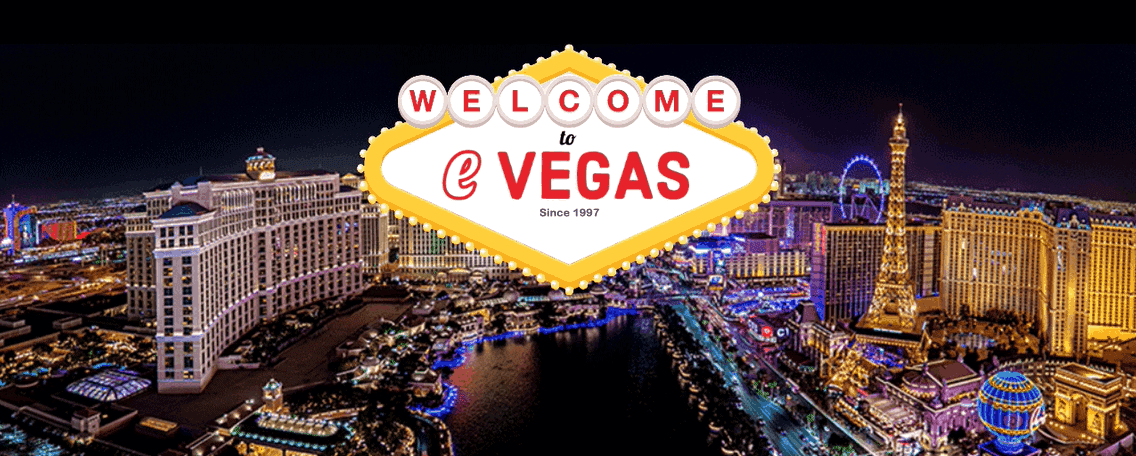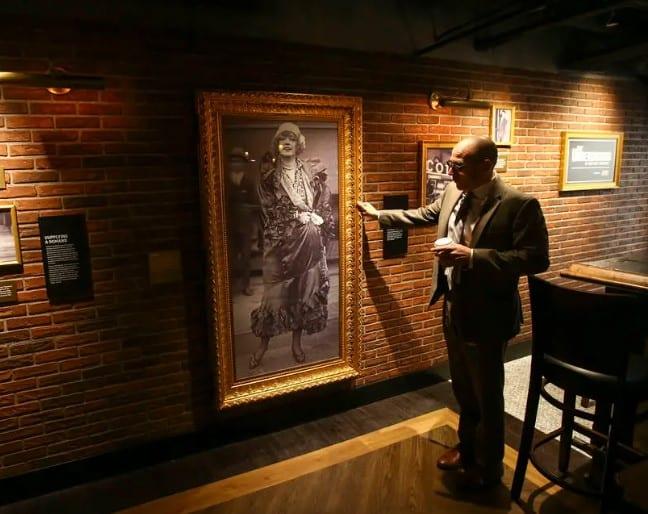
What Is A Speakeasy?
During the Prohibition era in the United States, a unique and clandestine culture emerged – the speakeasy. These hidden establishments became the secret havens for those seeking the forbidden thrill of alcoholic beverages. Let’s delve into the intriguing stories of two iconic Las Vegas speakeasies and uncover the fascinating world they inhabited.
The Green Door: A Whispered Gateway to the Roaring Twenties
Nestled on South Las Vegas Boulevard, The Green Door was a legendary speakeasy that thrived during Prohibition. Concealed on the second floor, its lively ambiance, live music, and dance performances drew a diverse crowd, creating an unforgettable experience.
Marked by a green door, the entrance held the allure of secrecy. Patrons, after a discreet knock and a whispered password, entered a realm of illicit gambling and revelry, shielded from law enforcement’s vigilant gaze.
The Green Door, though no longer physically present, lives on in various businesses that adopted its name, paying homage to an era of clandestine excitement.
The Arizona Club: Where Luxury Met Illicit Thrills
Downtown Las Vegas housed another illustrious speakeasy, The Arizona Club. Renowned for opulent furnishings and high-stakes gambling, it stood as an exclusive hub during Prohibition.
Frequented by the elite, including movie stars and notorious gang members, the club required a secret password for entry. Behind closed doors, patrons indulged in forbidden gambling and libations.
Despite its unlawful operations, The Arizona Club became one of Prohibition’s most celebrated speakeasies, ceasing only with the repeal in 1933 when it transformed into a legitimate casino.
Speakeasy Disguises: Ingenious Evasion Tactics
The creativity of speakeasy owners knew no bounds when it came to evading law enforcement. From secret doors behind caskets in funeral parlors to hidden passages behind soda fountain counters, the disguises were both inventive and amusing.
Bookstores, phone booths, barbershops, laundries, and even theaters became unsuspecting fronts for these secret drinking dens. The elaborate ruses turned a simple drink into a wild adventure, showcasing the resilience of those determined to defy Prohibition.
In the face of adversity, speakeasy owners continually devised inventive methods to protect their hidden treasures. This era stands as a testament to the adage that where there’s a will, there’s a way – even when it involves a surreptitious sip. Cheers to the spirited legacy of Las Vegas speakeasies!
More About Poker:
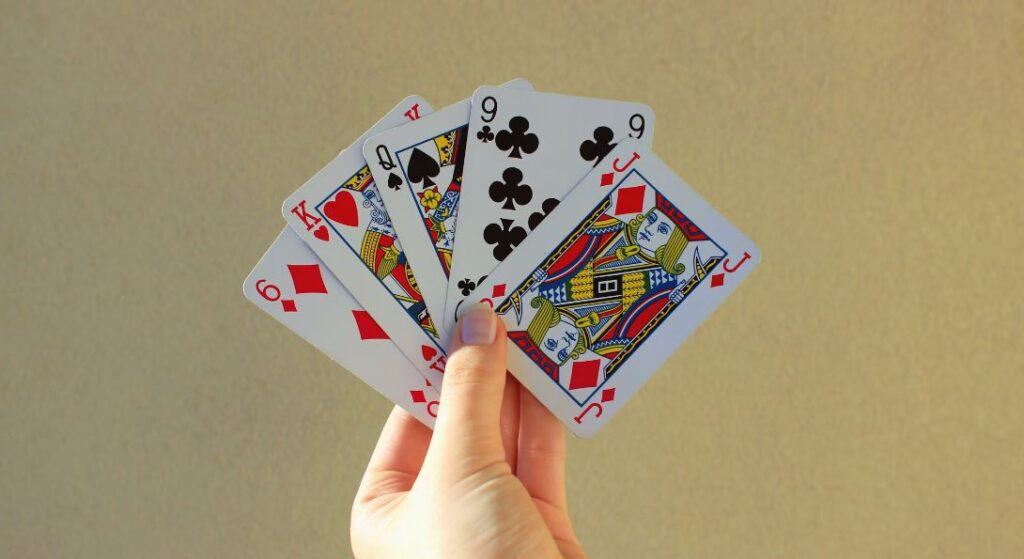
The Level Playing Field: Exploring Suit Equality in Poker
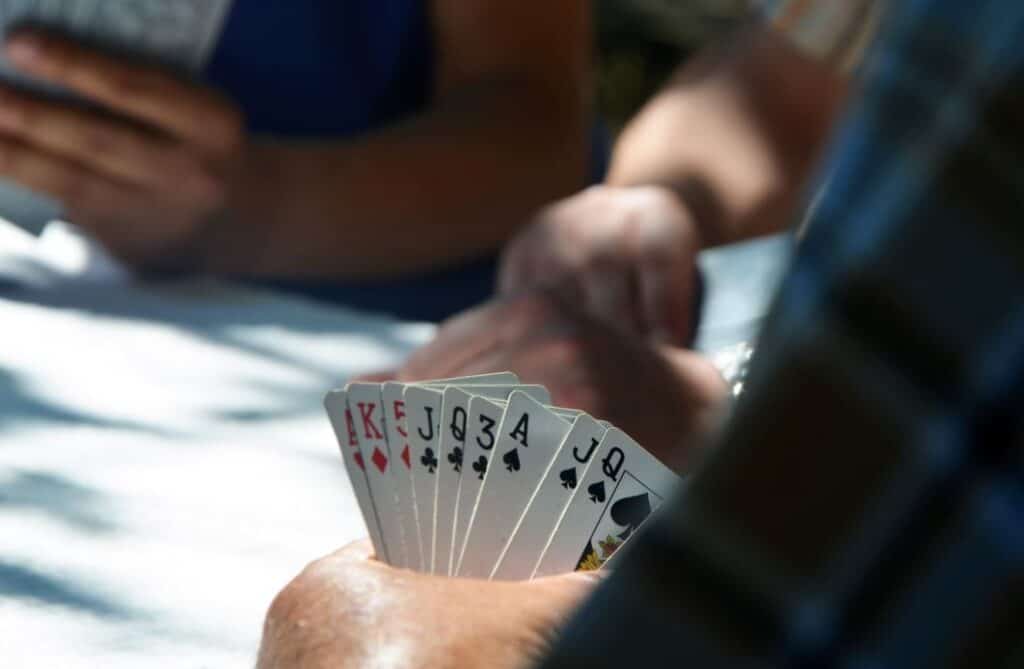
Navigating the Poker Table: Understanding Positions
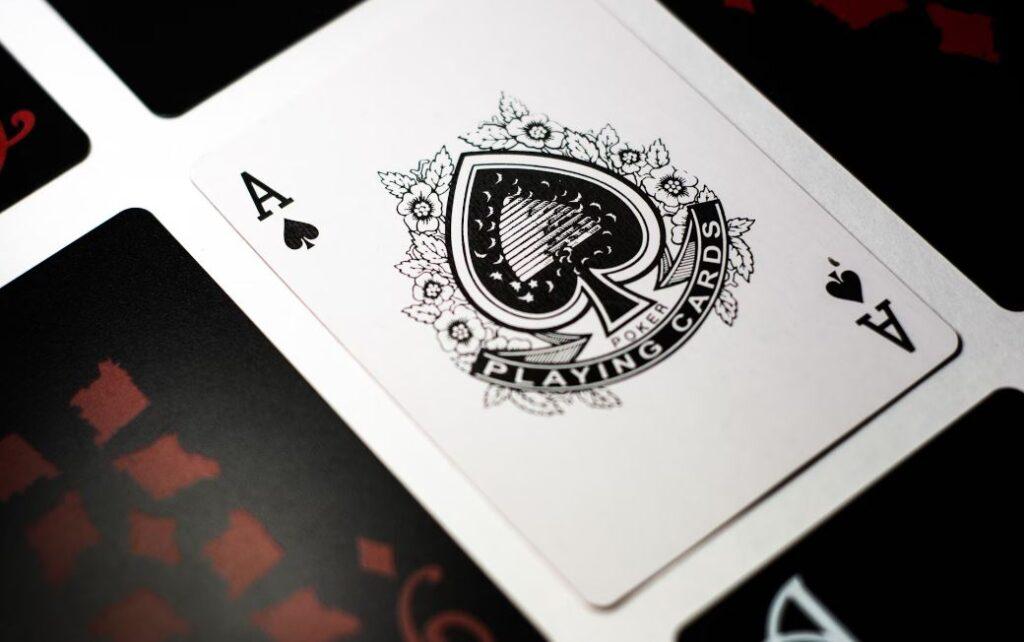
Weak Aces: Navigating the Minefield at the Poker Table
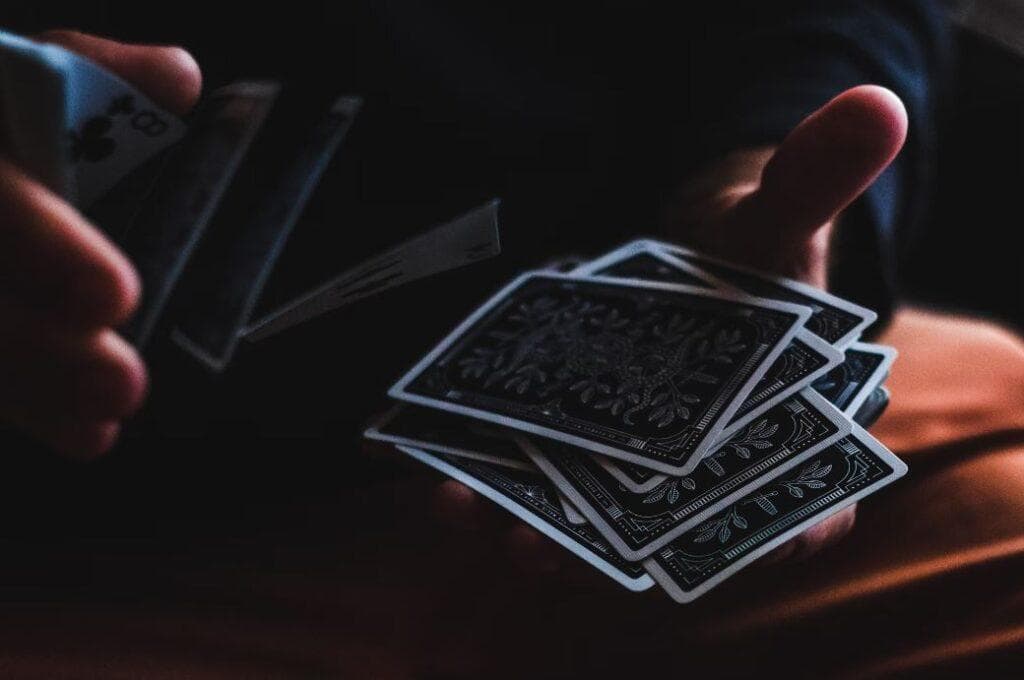
Turning the Tables: Mastering the Poker Turn Card
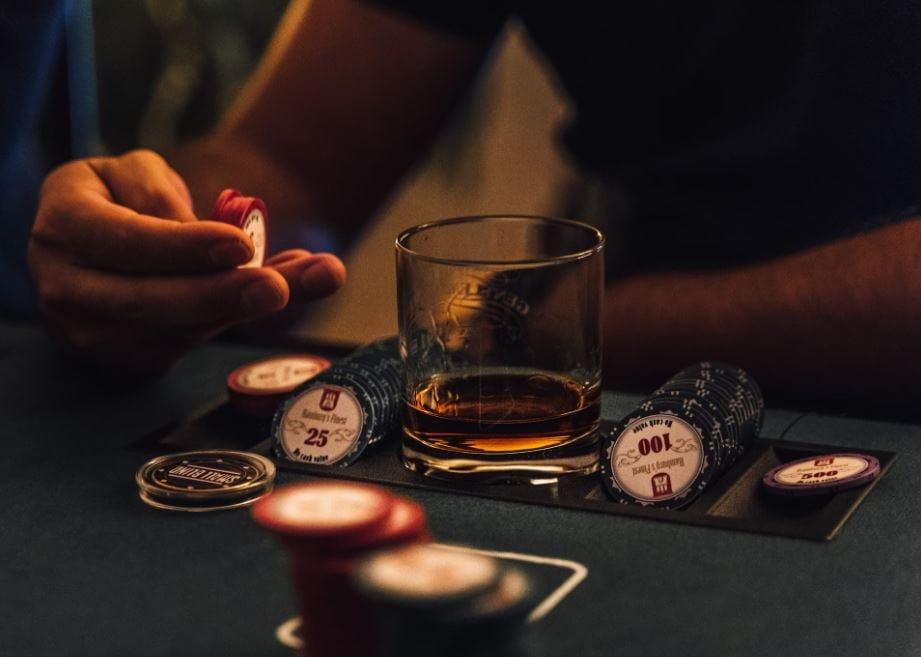
Cracking the Code: Understanding the Significance of the Flop
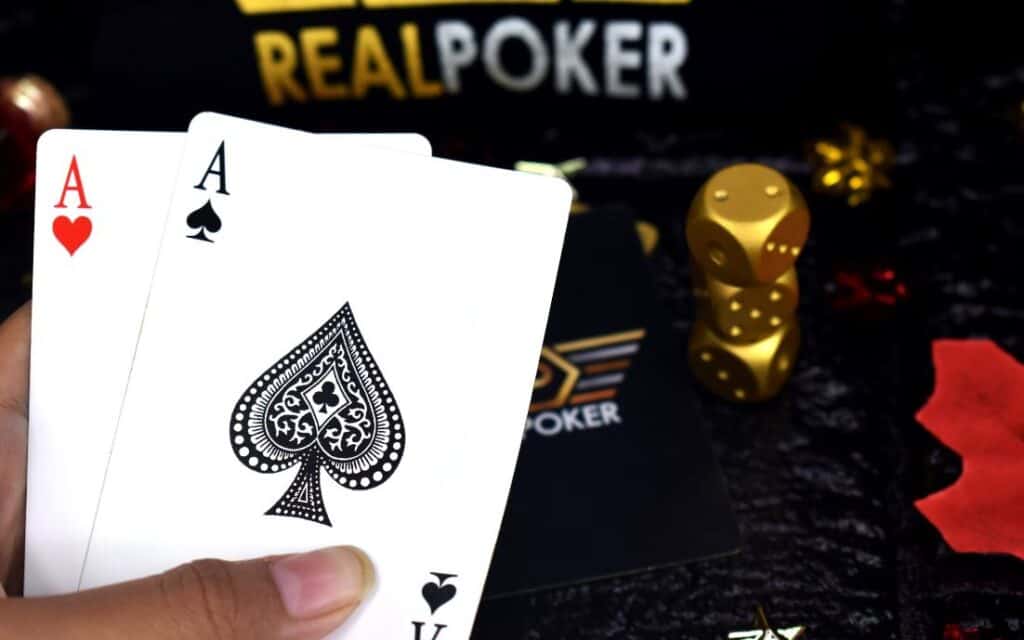
River Revelations: Navigating the Final Card in Poker User
Frequently Asked Questions (FAQs):
1. What is a speakeasy?
A speakeasy refers to an illegal establishment that sold alcoholic beverages during the Prohibition era in the United States. The term originated from the need to speak quietly or “easy” about these hidden places to avoid detection by law enforcement.
2. Why were they called “speakeasies”?
The name “speakeasy” reflected the necessity for patrons to speak quietly or discreetly about these establishments, ensuring their secrecy during a time when the sale of alcoholic beverages was prohibited.
3. Tell me about The Green Door.
The Green Door was a renowned speakeasy in Las Vegas during Prohibition, located on the second floor of a building on South Las Vegas Boulevard. Recognized for its lively atmosphere and secret entrance marked by a green door, it became a symbol of the Roaring Twenties.
4. What set The Green Door apart?
Apart from its vibrant ambiance, The Green Door was famous for live music, dance performances, and prohibition-era cocktails. Its secret entrance and rumored association with organized crime added an extra layer of allure.
5. What about The Arizona Club?
The Arizona Club, situated in downtown Las Vegas, was another exclusive speakeasy known for luxurious furnishings and high-stakes gambling. Frequented by the elite, it required a secret password for entry.
6. Did these speakeasies face challenges?
Yes, speakeasies operated covertly to evade law enforcement. They faced constant threats of being shut down, leading owners to employ creative disguises, like hidden doors behind caskets, to protect their illegal operations.
7. How did one gain entry to these establishments?
To enter speakeasies like The Green Door or The Arizona Club, patrons typically had to knock on a secret door and provide a password to the doorman. This secretive process added an element of exclusivity.
8. Were there other disguises used by speakeasies?
Indeed, speakeasies disguised themselves as various legitimate businesses, including bookstores, phone booths, barbershops, and even laundries. The elaborate ruses showcased the ingenuity of owners during Prohibition.
9. What happened to these speakeasies after Prohibition?
Many speakeasies ceased operations with the repeal of Prohibition in 1933. Some transformed into legitimate businesses, while others, like The Green Door and The Arizona Club, left a lasting legacy, with their names adopted by subsequent establishments.
10. Are there modern counterparts to speakeasies?
Yes, the concept of speakeasies has experienced a revival, with modern bars and restaurants embracing the clandestine, retro atmosphere. These contemporary venues often pay homage to the secrecy and allure of Prohibition-era speakeasies.
